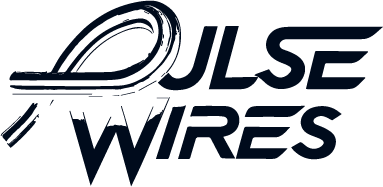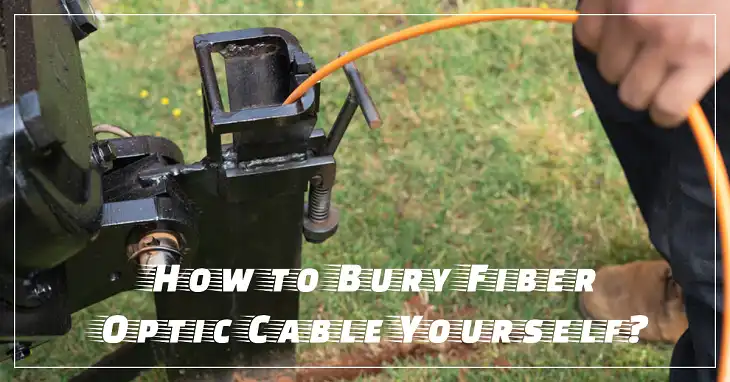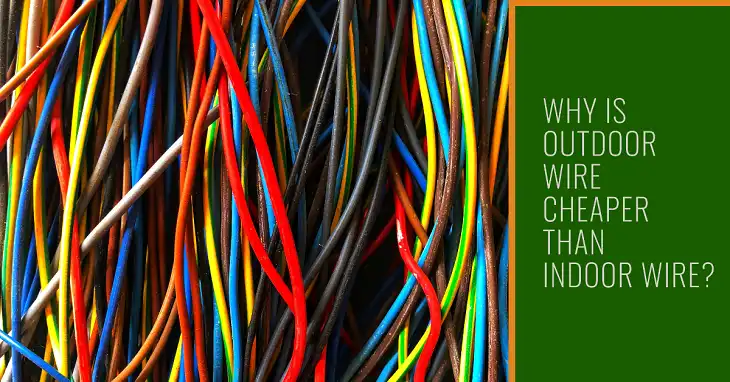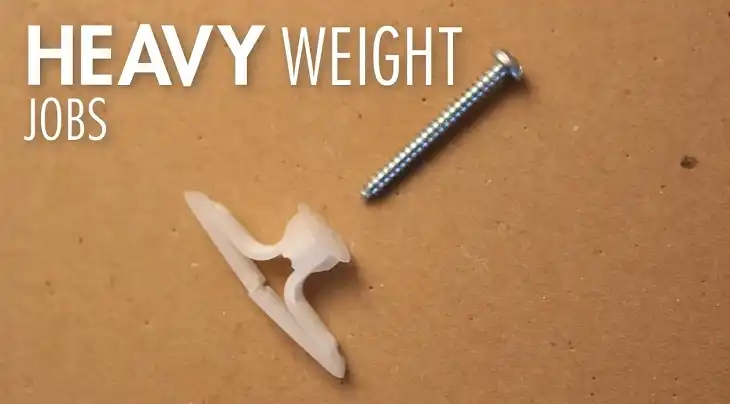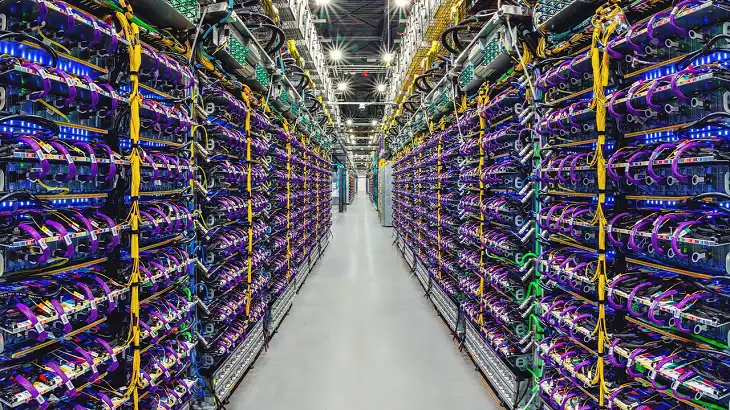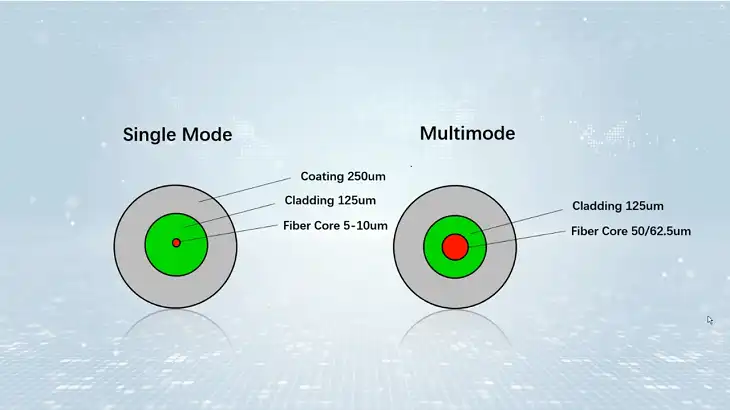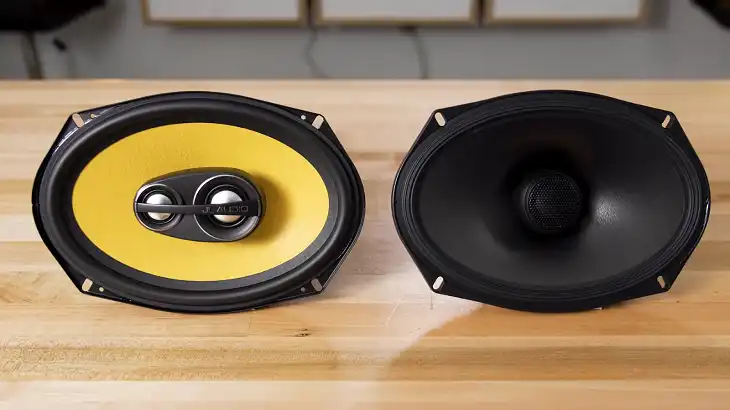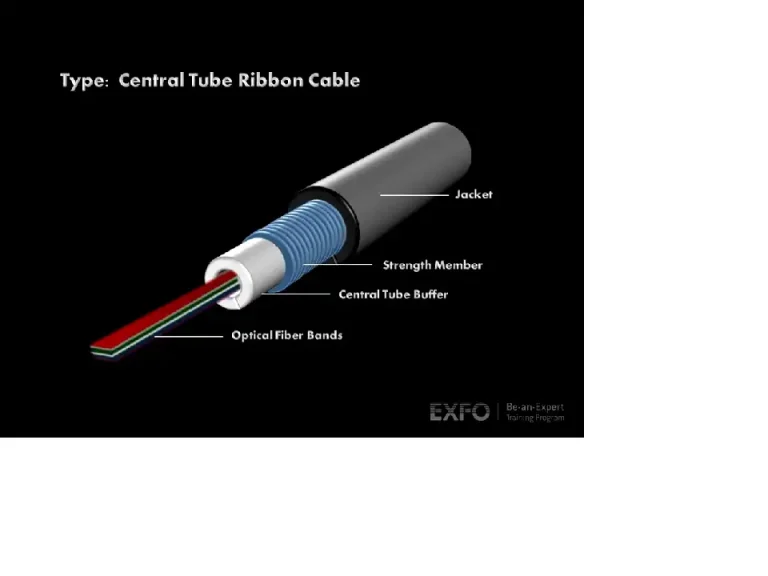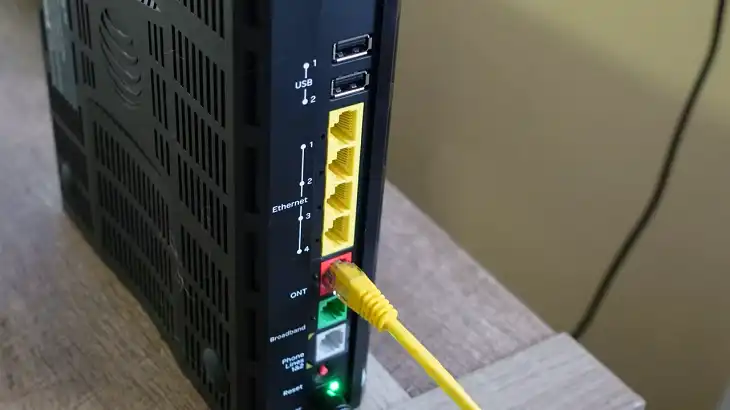How to Bury Fiber Optic Cable Yourself?
Burying fiber optic cable is a meticulous process that ensures reliable and high-speed internet connectivity over long distances. Whether you’re installing for a residential property, a commercial space, or a broader network, there are specific methods and standards that must be followed. In this DIY blog post, we’ll explore how to properly bury fiber optic…
